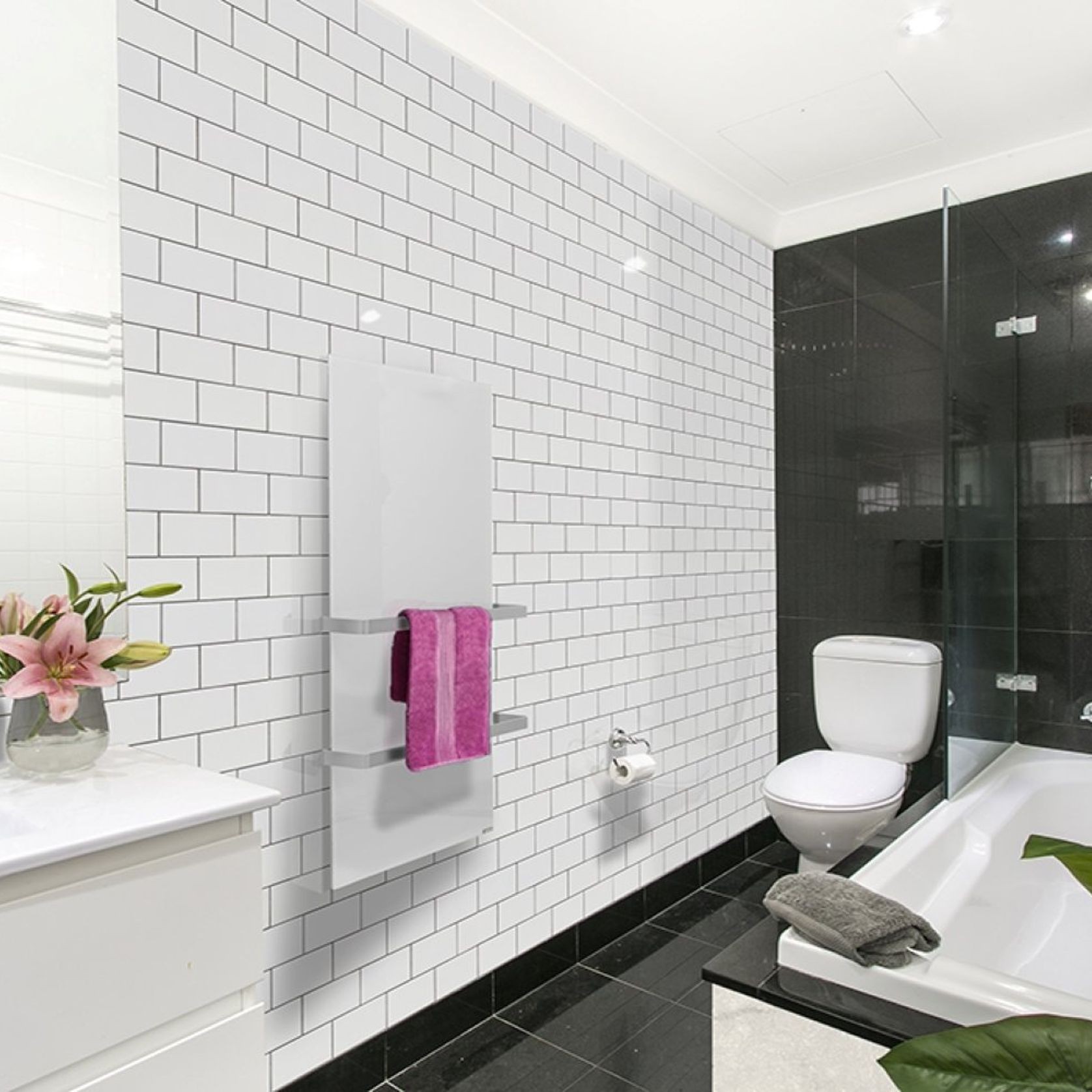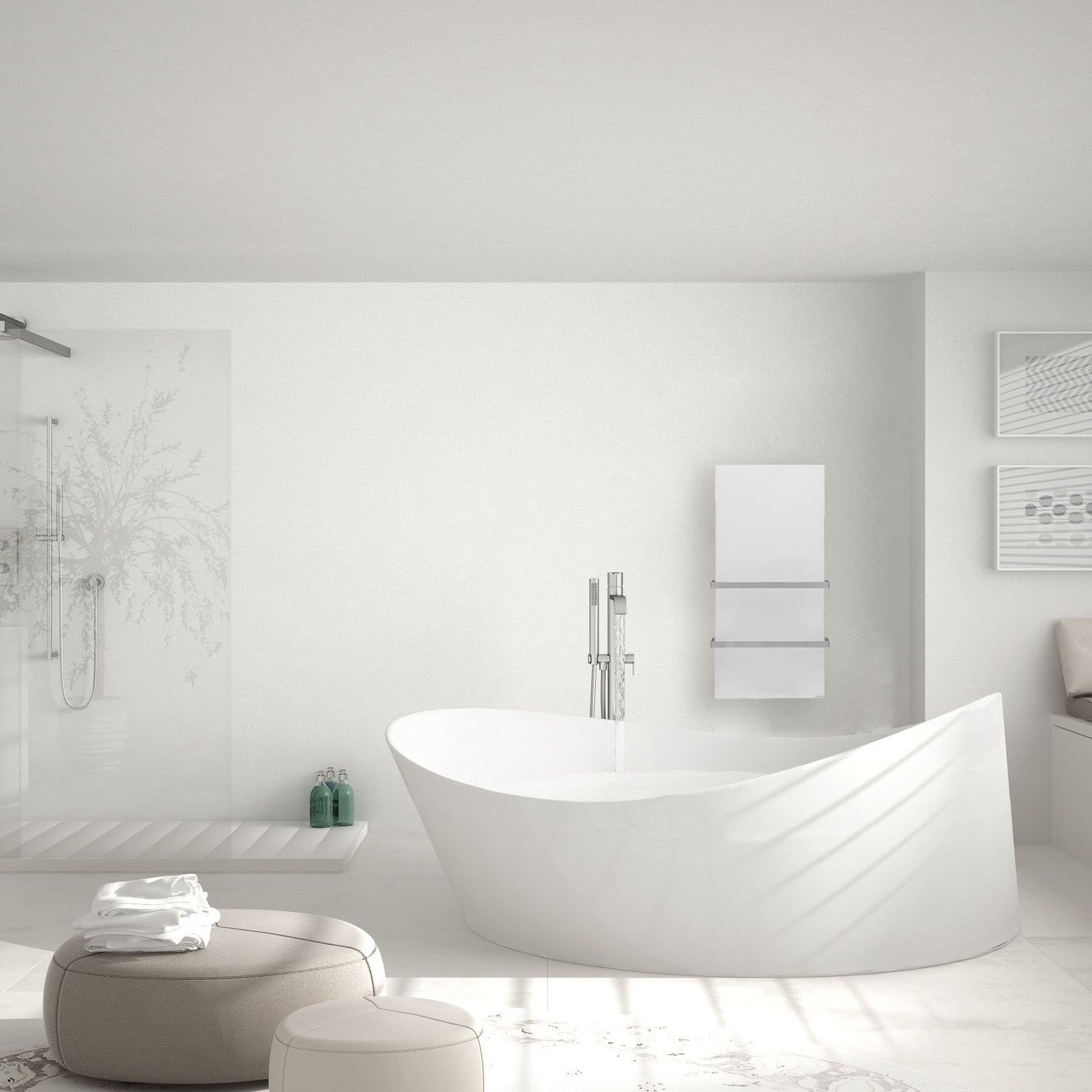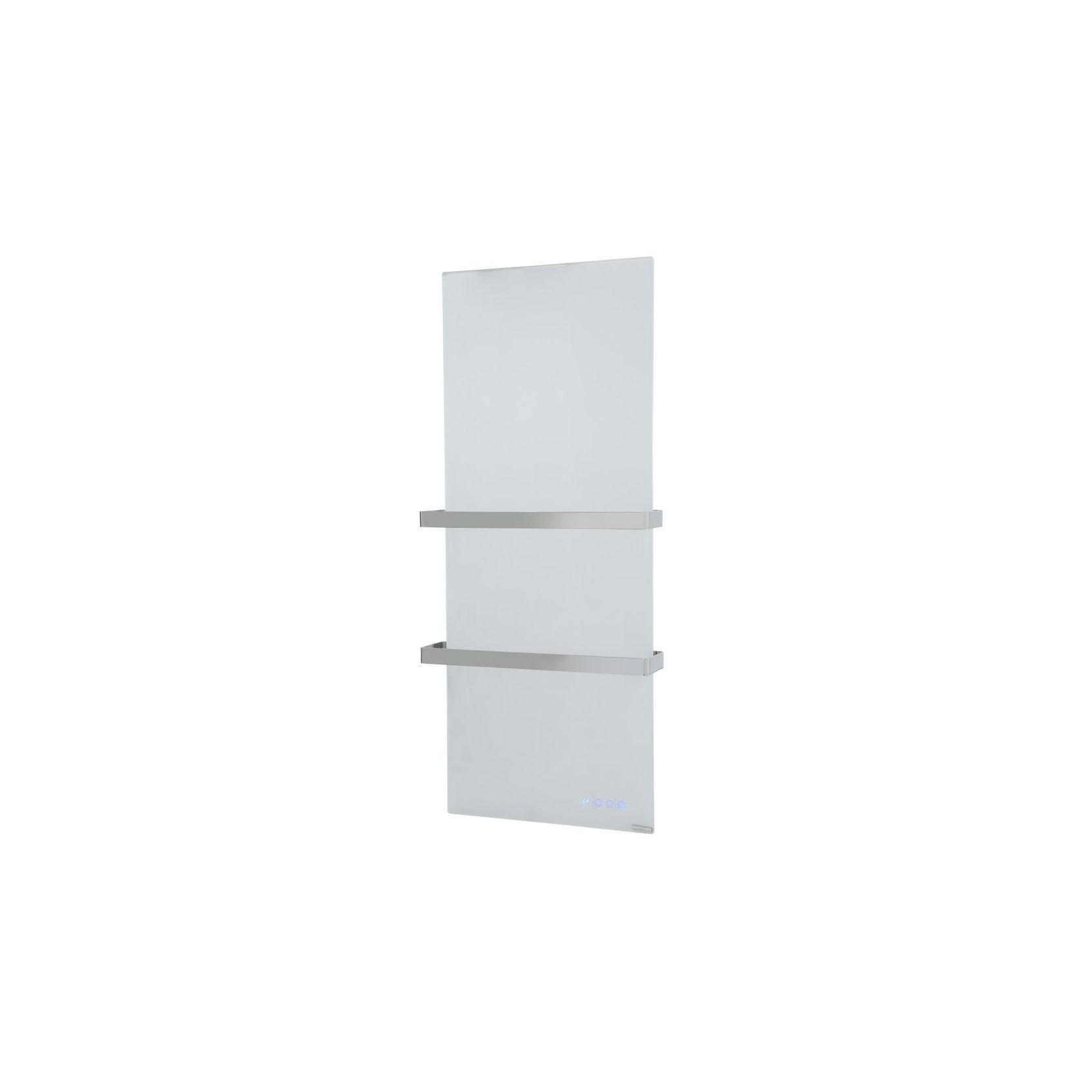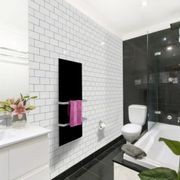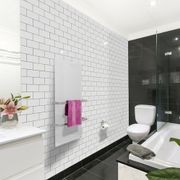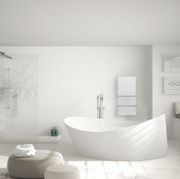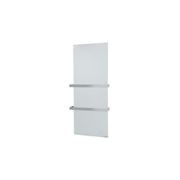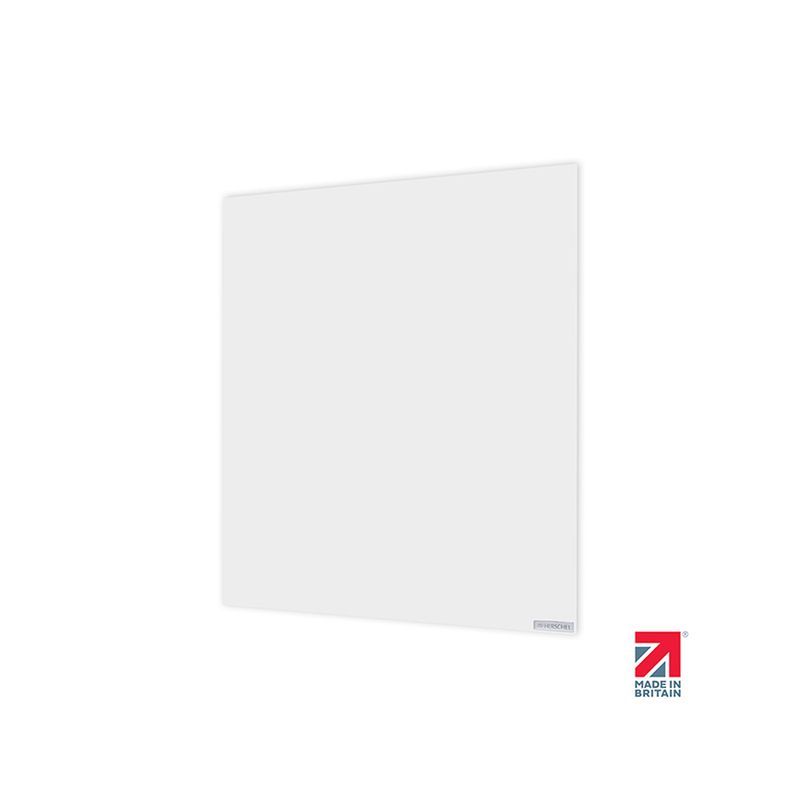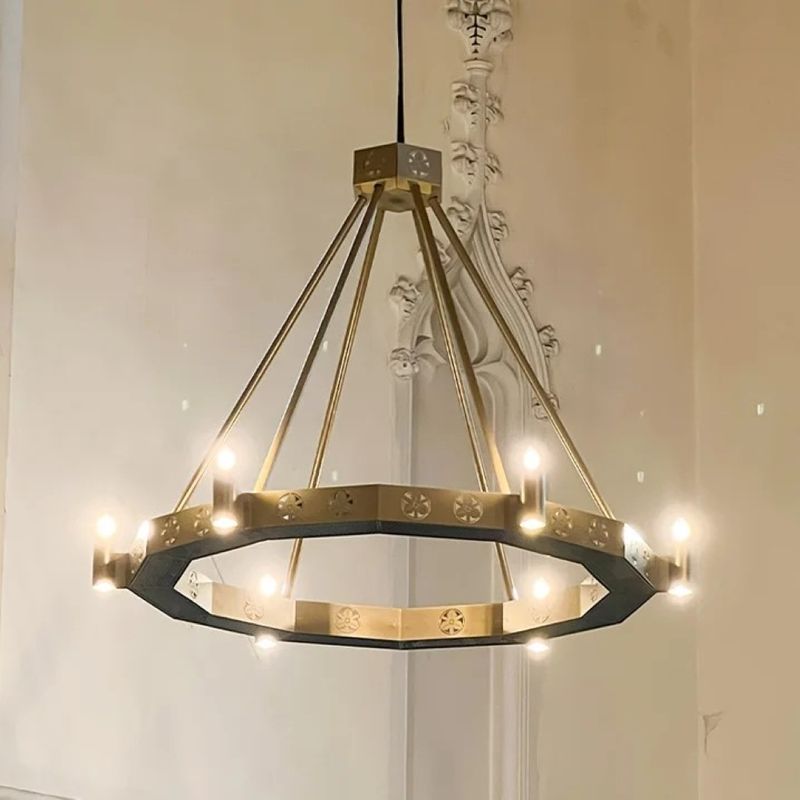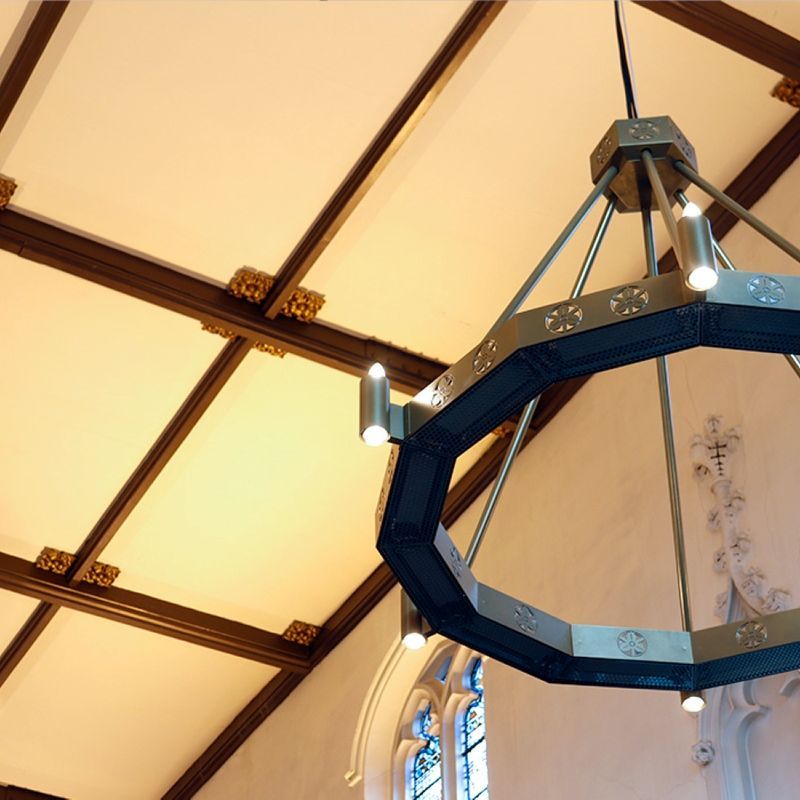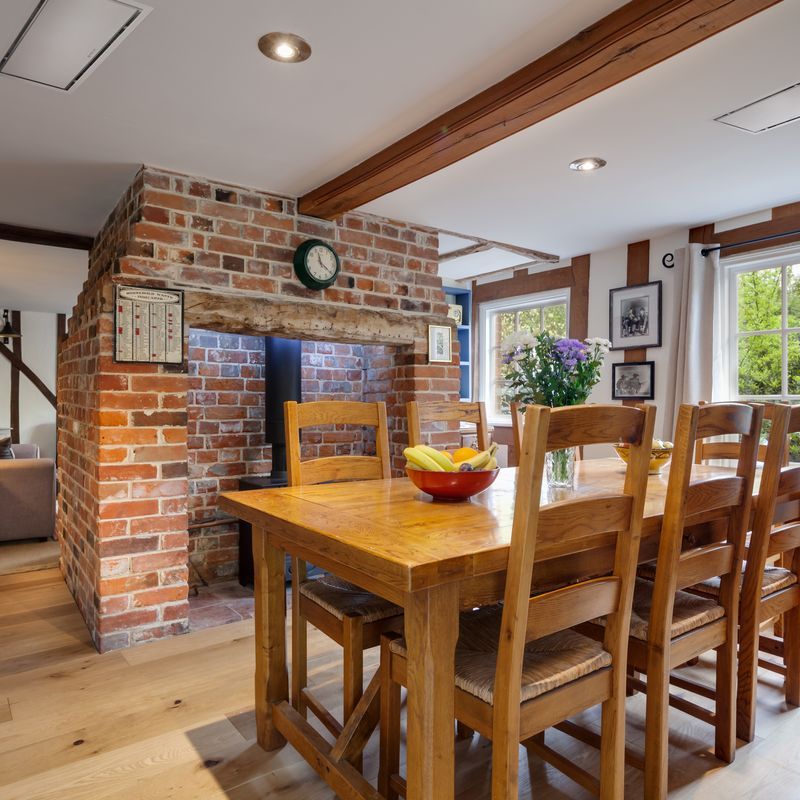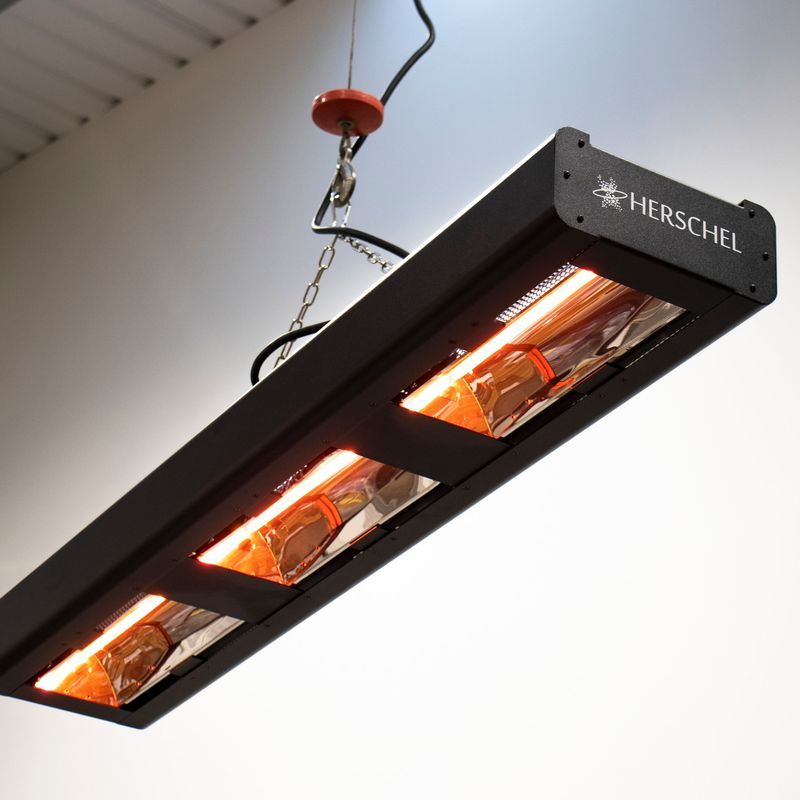Select XLS 700 Watt Bathroom & Towel Heater
Herschel-InfraredThe Select XLS infrared towel heater is the ideal heating solution for any bathroom where a designer finish is required. Featuring innovative, dual-element technology that combines efficient infrared heating of the bathroom with low energy warming for your towels, this stylish heater is bathroom heating at its finest. The ultra slimline Herschel Select XLS range of infrared towel heaters incorporates our SMART-R receiver which enables smart control through your choice of XLS thermostat (sold separately).
With two chrome towel rails and a pure white or black glass finish, this low consumption infrared towel heater has been designed with style in mind and provides the perfect choice for homes as well as commercial bathroom applications within the hotel and hospitality industry.
The Select XLS towel heater comfortably heats the room using efficient infrared technology, helping eliminate moisture in the bathroom and reduce dampness and condensation. The lower energy towel zone is ideal for towel warming.
All units have an aluminium rear case with mounting brackets and a front emitting surface which is safety glass. All units are guaranteed for 5 years.
Herschel Infrared panels offer owners an unprecedented level of control over their property’s temperature and energy use. Installations using our infrared panels – optimally zoned and controlled – are highly energy efficient and can provide savings on energy consumption over traditional solutions including High Efficiency Convection Heaters, Night Storage, and Electric Underfloor Heating.
There are two control options (sold separately) for operating your XLS towel heater. Choose from a battery operated controller (T-BT) or a mains / USB powered controller (T-MT). T-MT has inbuilt Wifi allowing APP and voice control via Alexa and Google Assistant.
You will need to purchase your controls separately. There are different options with different capabilities which you can select from below:
- CategoryHeated Towel Rails, Infrared Heaters
- RangePanel Heaters - Select XLS
- BrandHerschel
- Warranty5 years
What is Infrared? Human & Animal sense of comfort has evolved from Radiant heat from the sun. Our skin has evolved to reflect and prompt us to avoid the sun's hottest waves in the hundreds to thousands of degrees Centigrade – called Middle and Near (or Medium and Shortwave) infrared.
But the waves we find most comfortable are those that are absorbed by our environment and radiated back in the tens of Degrees Centigrade – called Far (or Longwave) infrared. Making our environment a thermal store during the day and continuing to release that heat long after the sun has set. It is no surprise then, that it is Far Infrared that our skin, plus common materials in our environment absorb and emit the most efficiently.
It is radiant heat that is biologically the most significant (60%) to our body’s sense of comfort. Convection (movement of hot or cold air) factors only 15% in our feeling of comfort, with evaporation and conduction of heat from our bodies to our clothing or other objects accounting for the remaining 25%.
Radiant heat is most keenly sensed from the top of our bodies downwards (no surprise in evolutionary terms) and is also most readily lost from the top of our bodies.
We were built primarily to absorb or emit radiant heat. With Far, infrared is the biologically most significant wavelength as it is the most efficiently absorbed by the water in our skin.
The electromagnetic spectrum Infrared is a wave-band in the electromagnetic spectrum, coming just after the colour “Red”, which is how it gets its name. It is energy, it doesn’t become “heat” until it comes into contact with an object and the energy transfers into it.
Like ripples in a pond, the waves emanating from a source (the heater) until they touch an object, at which point the energy either:
- Transmits into the object (i.e. it is “Absorbed”) – this is the property we want with our heater;
- Is bounced back from the object (i.e. it is “Reflected”);
- Continues its journey onwards (i.e. it is “Transmitted”) until the energy is eventually entirely dissipated into the environment.
This makes Infrared a very different form of Heat Transfer than warming the air, which has poor absorption qualities – mostly dependent on levels of moisture, which causes a different issue; “transmits” only poorly unless mechanically forced (e.g. by a fan) and also transfers retained heat poorly back into an environment.
Infrared is not ultraviolet and doesn’t possess any of the properties of Ultraviolet.
The radiant temperature of our environment always dominates our sense of comfort, not air temperature. In winter our environment is “cold walls” and in summer our environment is “hot walls”. Our bodies primarily react to this – emitting our own body heat out to the cold walls in winter, and absorbing heat energy from them in summer.
If we choose to regulate our comfort by warming or cooling air, then that air temperature must be sufficient to transfer its heat to us and it must be in motion. If you stop either of those (i.e. turn off the heater), then you’re back to feeling the effect of the radiating environment on you. So any heater that heats air has to be “on” to be effective and you’re only massaging a symptom of a problem. If you have a heater on the other hand that heats the environment, then you’ve dealt with the basic problem, put energy into the environment which then radiates back for a period even when the heater is off.
Think of it this way: if air temperature defines our level of comfort, then why is an air temperature of 21 comfortable in winter, but an air temperature of 17 comfortable in summer? (And what happens if you turn off that warm or cold air…?)
This is the basis for the effectiveness of Infrared Heaters over heaters that simply warm air.
Infrared AdvantagesInfrared heating has the following advantages over convection:
- Higher rate of heat transfer per kilowatt
- Lower kW capacity requirement;
- Lower running time;
higher efficiency
- Establishes “thermal mass” – the room becomes a 360° Radiator;
- You do not have to heat the entire volume of a room’s air to become warm;
- You can “Zone” an infrared heater (i.e. heat just the area you want to). This is difficult to achieve with a heater that heats the air;
- No moving parts => Lower maintenance. There are no moving parts in an Infrared Heater.
- More accurate to control.
Split heat pumps (or reversible air-conditioners) have become very popular globally recently, on the main selling point that their energy conversion ratio is 1:3 or better even in very cold or very hot climates, offering one solution that meets both your winter and summer comfort needs with high energy-efficiency.
However, there are financial and quality-of-life reasons homeowners should consider using Herschel Infrared for their heating solution (and a lower-cost cooling system such as Evaporative Coolers for their summer needs).
Financial considerations When the total costs of owning a heat pump (as a heater) versus Herschel Infrared are compared over the lifetime of either solution, Herschel Infrared works out the cheaper year on year. Why is this?
- Comparing the purchase price of Herschel Infrared versus the equivalent heat-pump required for a typical 3 bedroom house, (13.5kW 5-way heat pump versus 5.6kW Infrared), the purchase price of the heat pump is nearly double the purchase price of Infrared.
- You can install your Infrared yourself. If you have it professionally fitted then installation costs are still significantly lower than those implied with heat pumps. All you have to do with a Herschel panel is mount it on the wall and plug it in. A heat pump requires installation of the external compressor units with an installer qualified in using refrigerants. You then have to run pipework through your house to the individual blower units which also have to be installed in each room. Installation costs for heat-pumps are considerably lower if they are included in the cost for new-builds, but this is also true for Infrared. But as a retrofit to an existing building, the installation costs for heat pumps are very high.
- Operating costs for a reversible heat pump are lower than for IR and this is indeed the only cost category that is lower for heat pumps.
- If you are a heat pump owner you are advised to take out a maintenance contract. These vary, but the indicative price we were quoted was NZ$278. Remember too that certain failures in a heat pump system will take out the whole system and not just one room. There are also some DIY maintenance procedures owners must perform (like cleaning filters). With Infrared you do not need a maintenance contract and there are no owner-maintenance procedures.
- The life expectancy of Heat Pumps is 10 years due to the number of moving parts. The life expectancy of Herschel Infrared heaters is 20 years.
- When all these costs are considered and correctly “annualised” to account for the different lifetimes of the products (and quite how much you’d have to change in a replacement), then Herschel Infrared is a cheaper option – year for a year than Heat Pumps.
We haven’t factored in the lifetime costs for Evaporative cooling as the alternative to heat pumps in the summer if you were using Infrared for your heating in the winter. The purchase and installation costs for Eco Cooling plus Infrared are still cheaper than the cost to buy and install heat pumps, but the heat pump will win on operating costs. You would be advised to take out a maintenance contract for your Evaporative Cooling which will level the playing field there with heat pumps, but life expectancy is longer because you are running the heat-pump year-round and the Eco Cooling just in summer.
Quality of life differences There is significant quality of life differences between split heat pumps and Infrared heating:
- Looks. “Must I have that on my walls?” is probably the main objection you will hear about heat pumps. Consider you will have to also arrange furniture correspondingly in your room to avoid being within the direct air-flow of these units. The compressor unit also has to locate somewhere on the outside of your house, which can taint the appearance here too. Your Herschel heater on the other hand is very discreet; it can even be a mirror or a picture.
- Feel. The airflow from a heat pump is very uncomfortable to be under for any period of time. The feeling from a Herschel Infrared heater is like feeling the spring sunshine coming in through an open window – gorgeous – and when correctly set up, and the heater is just “ticking over” it becomes very discreet indeed. Often in itself becoming a talking point (“I can feel this lovely warmth, but where is the heater?”)
- Noise. A heat pump is noisy. Infrared heating is silent.
- Damp. Warm convected air moving over relatively cold surfaces is one of the key contributors to dampness in a building. Infrared warms the building, not the air, actually reversing the causes of dampness in a house.
- Health. Because convection systems also require houses to be relatively air-tight to avoid heat losses, damp air becomes stale encouraging the proliferation of air-borne diseases.
1: Infrared Heating is 100% natural for our bodies and our well-being. The human body is designed to accept and emit infrared waves. Far Infrared heating works on the basis of gentle, long-wave Infrared which penetrates the air and heats solids. If you like the warmth of the sun then you will love the feeling you get from your new infrared heating system.
2: Infrared heating does not heat the air but the fabric of the building. It is different to more traditional heating systems that just heat the air. The fabric of the building can retain heat for longer, creating better thermal comfort, so your property will not only be warmer and cosier, there will be less dust, and for asthma and allergy sufferers, fewer pollutants to breathe in.
3: Less dampness and mould because Infrared heating warms walls and keeps them dry. This will mean there is no dampness or mould to ruin your decorations and all of the room will reach the same temperature.
4: Greatly reduced energy use. Experience shows that a sufficiently insulated building fitted with infrared systems and controls can expect significant reductions in energy usage. Almost 100% of the electrical energy used by Infrared heaters is converted into heat. Our Infrared systems offer owners an unprecedented level of control over their property’s temperature and energy use and offer higher thermal comfort levels. Compared with other gas oil or electric solutions, Infrared heating saves between 30 – 60% of the annual energy usage.
5: Herschel Far Infrared heaters require no maintenance or servicing. Our heaters use solid state elements unlike water-based heating or fan-assisted systems, which often require servicing, inspection and repair costs. Herschel Infrared heaters and control products are certified to national safety standards.
6: Infrared heating is completely free of all carbon emissions and when used with electricity produced either by wind or solar generated electrical energy, is one of the only heating systems that can truly claim to be 100% carbon free.
Surface: ESG Safety Glass
Frame: Frameless
Rear: Aluminium sheet with Herschel Easy-Fix mounting system
Cable: 1.8m power cable
Voltage: 220-240V, 50/60 Hz
Installation: Wall mounted
Protection: IP44.

More from Herschel-Infrared
Herschel is a global market leader in infrared heating and is the largest and longest established manufacturer and supplier of premium quality infrared heaters in Australia.
We offer the widest range of energy efficient slimline infrared heating panels for homes, stylish outdoor heaters and high performance commercial heaters.
Warmer, longer, for less; The future of heating – TODAY
Herschel’s Legacy
We are building on Herschel’s legacy and are pioneering the use of Far Infrared to heat people and buildings in more efficient, effective, stylish and comfortable ways than many traditional forms of heating.
We call it “Comfort Heating”
Our range of Far Infrared heaters is the most comprehensive in the world. We have high quality heaters to suit almost any application and, combined with our control systems, are at the forefront of the revolution in heating.
- ArchiPro Member since2022
- More information
Herschel-Infrared

